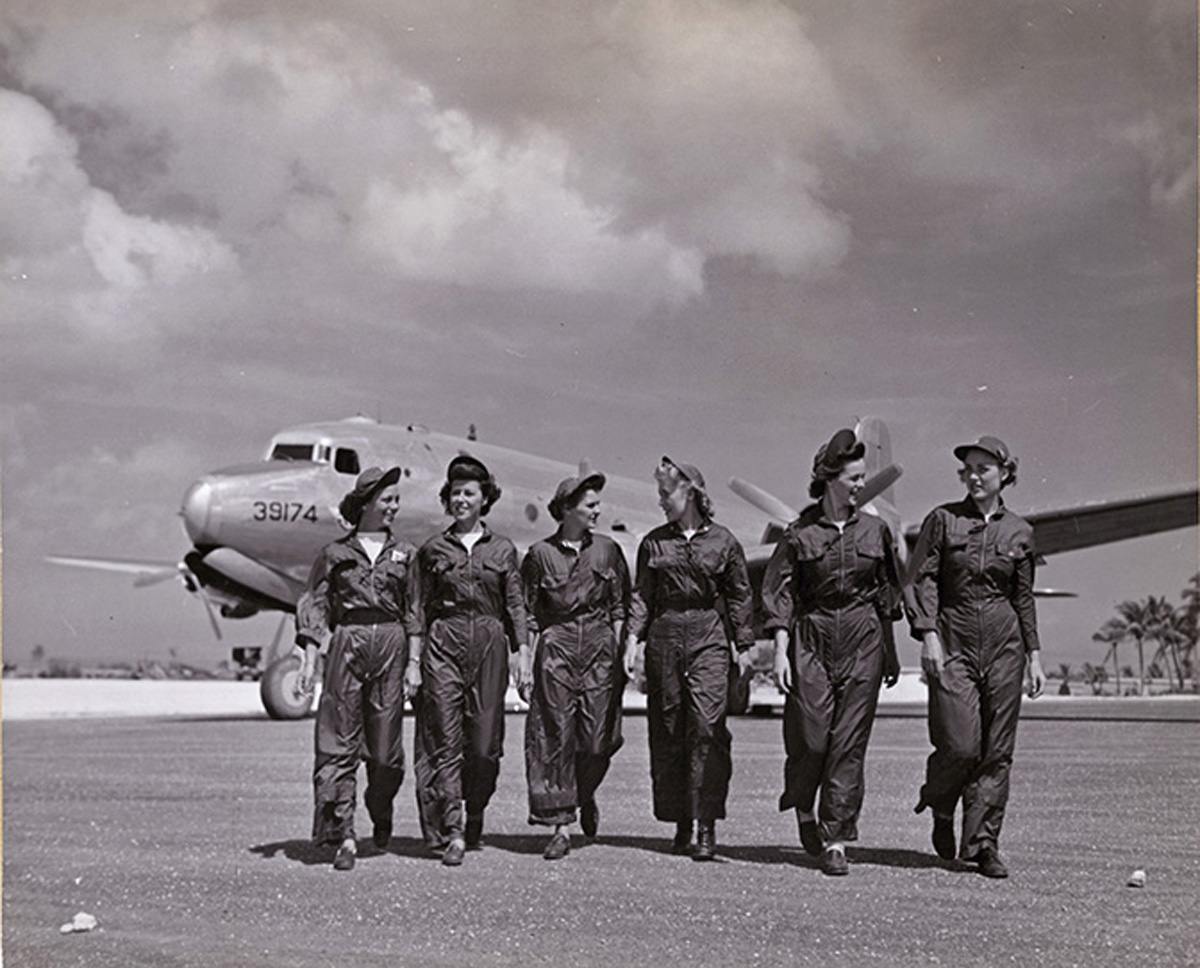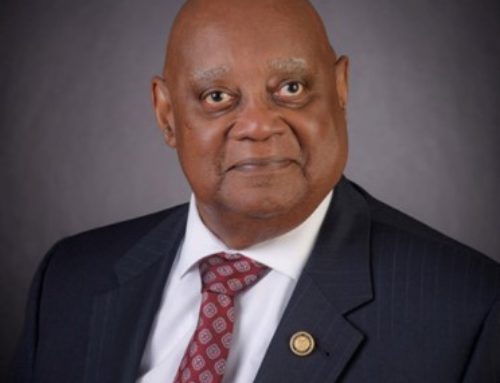Women serving in the Unites States Navy is nothing new; in fact, they’ve served in the Navy dating as far back as the Civil War – aboard the USS Red Rover, the Navy’s first hospital ship. And while they wouldn’t be granted a permanent place in the Navy until 1948, with the passage of the Women’s Armed Service Act, that didn’t mean that they didn’t serve and serve well. And so, in honor of Women’s History month, we celebrate two groundbreaking women of World War II – Navy War Correspondent, Barbara Miller Finch, and Navy Flight Nurse, Ensign Jane Kendeigh.

Photo: usnhistory.navylive.dodlive.mil/
Barbara Miller Finch
Barbara Miller Finch entered the newspaper field in 1924, a month after graduating from Stanford University, as a reporter for the Los Angeles Times. She would hone her craft over the next decade, until finally finding herself in Shanghai, on 07 December, 1941, in what she would describe as a “tactless move.”1 She would spend eight months there before flying out to England, where she would serve as an American Red Cross reporter – a move that would change her journalistic path and set firm her place in history.2
In July 1944, Miller-Finch, the only female correspondent for the American service of (British) Reuters News, would arrive in Honolulu, HI, assigned as a Central Pacific Naval correspondent. The next few months allowed her to familiarize herself with the area and the fleet for which she served, but little else. She would not receive her Pacific Fleet correspondent credentials until early October, enabling her to take part in a press conference given by Admiral Chester W. Nimitz.3 Miller-Finch recalled making her way to the Admiral’s Conference room on the morning of 09 October, 1944: “It was a rare occurrence, as Admiral Nimitz was known to give few press conferences…He entered the room with a ‘Good morning gentlemen…’ and with those words my work as a naval correspondent began.”4 The next day her story, the first by a woman from the Pacific theater operations, would be published.
The Pacific war was “opened to her that day”, though she recalled that female correspondents had to work under “certain handicaps.” While male correspondents were able to report from combat areas, she was not. She had to travel (under the auspices of a volunteer nurse’s aide) in unarmed, hospital ships and planes meant to carry in supplies and transport out the wounded. She recalled that her historic first flight into Iwo Jima, aboard Peg O’My Heart, (the first medical plane to land on the “Hot Rocks,)” was not well received by the Japanese. “I first saw Iwo (Jima) from the vantage of a radio jeep – underneath the jeep, at that.”4 This landing would make Miller-Finch the first female naval correspondent to visit Iwo Jima; the second of her historic firsts, but not the last for a female with naval ties.

Photo: usnhistory.navylive.dodlive.mil/
Jane “Candy” Kendeigh
Ensign Jane “Candy” Kendeigh was born on March 1922, in Oberlin, Ohio. She would go on to graduate from Nursing School in Cleveland, Ohio. Shortly after graduating, she would become a member of the first class of the Naval School of Air Evacuation, in 1944.5 The nurses in this program were part of a new air evacuation service in the Pacific, under the naval Air Transport Service, One Squadron (VRE-1).6 The service made it possible to fly wounded men out of Okinawa to either Guam or San Francisco.
On March 6, 1945, new graduate, Kendeigh found herself on the Navy Air Transport Service plane R4D circling embattled Iwo Jima. When the plane was finally able to land, Kendeigh descended the ladder and made her way to the wounded soldiers lying in stretchers on the airfield. In this moment, she would become the first naval flight nurse to land at Iwo Jima.7 (The enclosed picture shows the historic moment, which would go on to be on the cover of innumerable newspapers.) She recalled of her many trips into Iwo Jima, “I was a little apprehensive…I was never frightened at the time – only later when I had time to think. I was too busy with the patients to be afraid.”6
It was on one particular trip, in 08 April, 1945, that our two history makers would get the chance to cross paths. Barbara Miller Finch found herself aboard a Naval Evacuation Plane, Jane Kendeigh by her side. Miller-Finch spoke of watching Kendeigh take charge from the moment the plane touched the ground. “…she would acquaint herself with the needs of each case…making a mental chart of the condition of each of the 20 wounded men.” One soldier, with compound fractures to his left arm and a serious bullet wound to the throat, required Kendeigh’s immediate attention. “She fed him through a tube and…offered him comfort.”8
The subsequent graduates of the flight nursing program would go on to the Battle of Okinawa, where they would perform more casualty evacuations than was performed by sea; each of them offering medical support, a gentle hand, and a warm smile.9 The brave nurses of Iwo Jima and Okinawa would have been forgotten, if it weren’t for the reporting and support of the correspondents and aides by their sides. And all was done with little glory; because their rewards – “the wan smiles, a slow nod of appreciation, a gesture, a word…were accolades greater, more heart-warming than any medal.”10
- They Also Serve. Anchora of Delta Gamma. November 1943 Volume LXII, No. 1 (48-50)
- Only Woman Correspondent For Reuters… Honolulu Star-Bulletin, 24 July, 1944 (1,6)
- Mrs. Finch, Reporter Gets Credentials…, The Honolulu Advertiser, 10 October 1944 (4)
- Through Female Eyes. SHIPMATE Magazine Volume 8, No. 12, December 1945 (37-38,73-74)
- Ens Jane Louise “Candy” Kendeigh Cheverton obituary. Findagrave.com/memorial/67294512
- Nurse Finds Men on Battlefront… The Honolulu Advertiser, 12 April 1945 (6)
- Remembering the first Navy flight nurse… Pensacola News Journal 29 March, 2015 (F4)
- First U.S. Nurse Reaches Okinawa. Wilmington Morning News, 09 April, 1945 (5).
- Angels of the Airfields: Navy Air Evacuation Nurses.. Navymedicine.navylive.dodlive.mil/archives/4717
- Angel of Mercy kept wings: WWII Nurse… The San Diego Union, 24, 1985




